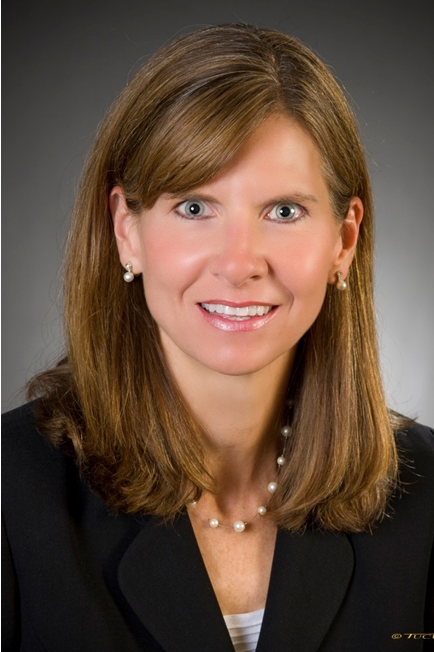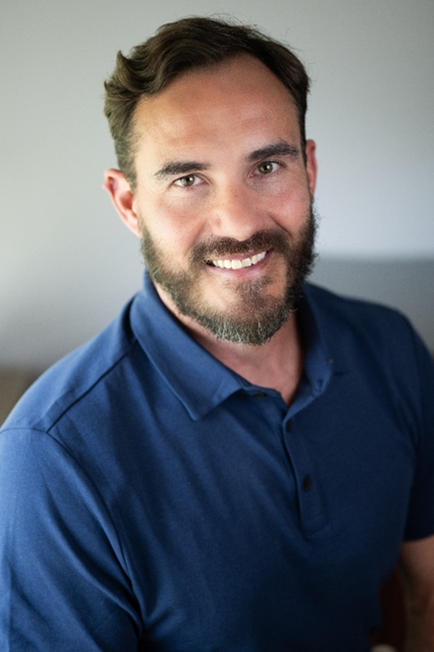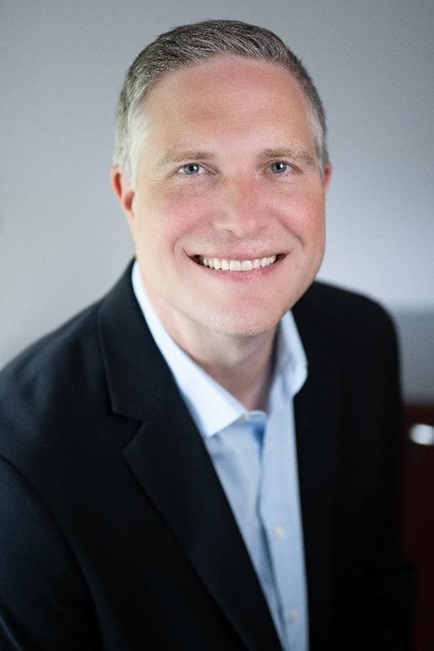Pennsylvania Rehabilitates the Abandoned and Blighted Property Conservatorship Act
On October 23, Dana Janquitto, associate with Reed Smith posted a Real Estate Legal Update regarding Pennsylvania HB 1362 (“An Act amending the act of November 26, 2008 (P.L. 1672, No. 135).
(US) Pennsylvania Rehabilitates the Abandoned & Blighted Property Conservatorship Act
Property owners, lien-holders and community development organizations in Pennsylvania, take note. Governor Corbett recently signed House Bill No. 1363 amending the act of November 26, 2008 (P.L.1672, No.135), also known as the Abandoned and Blighted Property Conservatorship Act. Depending on your viewpoint, the amendment gives much needed teeth to a tool for combating blight, or expands the already broad power of neighboring residents and business owners to interfere with a legitimate property owner’s interest. The amendment sailed through the Pennsylvania Legislature without a single “nay”, showing the Commonwealth is unified on the topic of remediating blighted real estate holdings.
The Abandoned and Blighted Property Conservatorship Act allows the court to appoint a conservator to rehabilitate deteriorating residential, commercial and industrial buildings. The conservator is then responsible for bringing buildings into municipal code compliance when owner fails to do so, and steps into the owner’s shoes for the purposes of filing plans, seeking permits, and submitting applications.
The Act does not relieve the actual property owner of any liability or obligation with respect to the property, and the property owner may become responsible for debts incurred as a result of the conservatorship.
A brief summary of the changes to the Act:
Expansion to Vacant Lots and Adjacent Property: The amendment allows conservators to take over vacant lots, which is a boon to neighbors eying up a trash-filled lot for a community garden. Previously, it was uncertain whether the Act only applied to land containing buildings or other improvements. Adjacent properties may be now considered in a single petition if they are owned by the same owner and used for a single or interrelated function.
Definition of Abandoned Property and Standard for Assessment: The Act now provides a definition of “abandoned property”, which was curiously missing from the original text considering the Act’s title. This fills a much-needed hole for judges, who previously had to dig into the legislative history and other acts to provide a definition. The court must give “reasonable regard” to the conservator’s determinations when assessing the rehabilitation plan, including costs to develop the property.
Expansion of Potential Conservators: The definition of a “party in interest” is expanded. Neighboring residents or business owners, previously limited to a 500 foot radius, may now petition the court if they are located within 2,000 feet of the subject property (in Philadelphia terms, essentially a change from 1 block to 4 blocks). A non-profit may have participated in a prior rehabilitation project within a five mile radius of the subject property, rather than a one-mile radius. The old definition tended to limit prospective non-profit conservators to a handful of neighborhoods.
Swapping Lien Priority: Important for senior lien-holders: a senior lien-holder can lose its priority status if it declines to provide financing for the rehabilitation. New rehabilitation financing can get priority status over the senior lien if the court determines the change in priority is necessary to induce another lender to provide financing. Furthermore, distribution from the proceeds of a sale now go first to Commonwealth liens, unpaid property taxes, and properly recorded municipal liens. It appears other government liens, such as federal income tax liens, have been moved further down the list.
Shifting Burden of Proof: The burden to prove whether the property has been on the market in the past 12 months has been shifted to the owner, who must present “compelling evidence” that the property has been actively marketed. Previously, the burden was on the petitioner to prove a negative, i.e., that the property had not been marketed.
Petition Costs Recoverable: The owner must reimburse the petitioner for costs of preparing the petition whether the owner elects to repair, the owner sells the property to the conservator or the court approves the conservator’s petition. Previously, if the recalcitrant owner opted to repair the property, the petitioner had no mechanism to recoup its costs. The ultimate goal of the petition –a repaired property- ends up being realized, even if conservatorship does not end up with control of the property, which incentivizes more petitions and workouts.
Reduced Time to Sale: The conservator must control the property for three months before sale (without a successful petition from the owner to terminate the conservatorship), down from six months.
Miscellaneous Provisions:
- Bids for contracts are no longer required if the conservator is financing the development.
- If the owner opts to repair the property, a bond is required rather than left to the discretion of the court.
- The petition requires submission of title reports, and notice to certain municipal authorities, such as utility providers.
- A hearing is no longer required for abatement if the court approves the submitted plan.
- The developer’s fee has been expanded to include a conservator’s fee.
Property owners should consider curing any outstanding municipal code violations, including health, fire or occupancy, and completely secure any abandoned property in compliance with the Doors & Windows Ordinance. In addition, senior lien holders should review requests for rehabilitation financing carefully to retain lien priority.
Lastly, neighbors, business owners, and non-profit community development organizations should take note. You might want to take a tour of the scofflaw buildings in the neighborhood.
Please click here to view the Real Estate Legal Update online.
About Safeguard
Safeguard Properties is the largest mortgage field services company in the U.S. Founded in 1990 by Robert Klein and based in Valley View, Ohio, the company inspects and maintains defaulted and foreclosed properties for mortgage servicers, lenders, and other financial institutions. Safeguard employs approximately 1,700 people, in addition to a network of thousands of contractors nationally.
Website: www.safeguardproperties.com.





